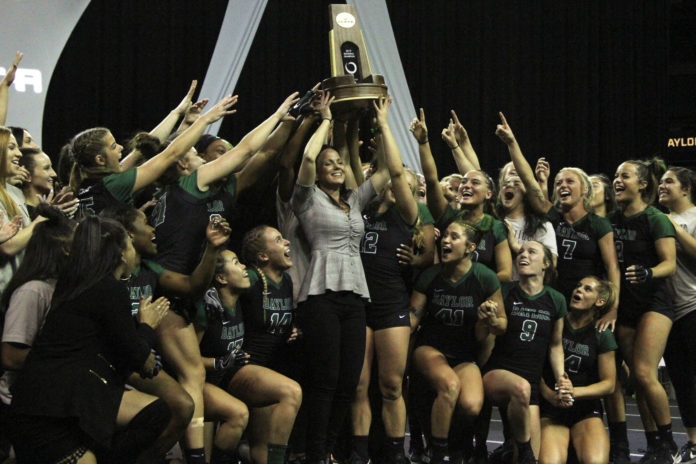
By Matthew Soderberg | Sports Writer
Across the country, athletic departments are cowering at the budget ramifications coming down from COVID-19. Despite the impending doom for some sports, Felecia Mulkey expects Acrobatics and Tumbling to continue its monumental rise.
Mulkey, the Baylor A&T head coach and NCATA expansion director, has been spearheading the campaign to move the sport under the NCAA’s umbrella. Currently it sits under the NCATA, the National Collegiate Acrobatics and Tumbling Association, but there was supposed to be a vote by the Division I council this month. Due to the national emergency, the vote has been pushed back to later this year or the early months of next year.
That hasn’t stopped the sport from growing. Three schools are still in the process of adding the sport to their athletic departments, and Mulkey says there are no plans to cancel that in the wake of the virus.
“I think you’re going to see, when the COVID-19 dust settles and we’re back to some sort of whatever our new normal will be, I think you will see a stalled growth, but I think it will pick up where it’s left off and keep going,” Mulkey said. “The fact that we received two new inquiries this week in the heart of this when people really don’t know what’s going on, that was a huge confidence boost for me.”
Unlike some other sports like football and basketball, A&T doesn’t take a lot to start up. Athletes train on mats which are transportable and can be set up easily. They also don’t require any other equipment; just each other and a weight room. Teams don’t have a large coaching staff to shell out payroll to, and practice can happen in any gym on campus. Mulkey said that the sport can be helpful to a university struggling financially.
“I’m just hoping that in the end, the sport will be able to be a solution and definitely not a hindrance,” Mulkey said. “Because of the revenue that the tuition will bring into large universities, because our rosters are so large, we’re an equivalency sport, you hope that the financial piece of it will help us be a solution.”
On top of all the other incentives to add the sport, it’s not as if only a small portion of the population would be ready if given the opportunity to compete at the collegiate level.
“There’s over 8 million young women right now training in the skill set of acrobatics and tumbling,” Mulkey said. “I just feel like we have all the ingredients to come out of this successfully.”





